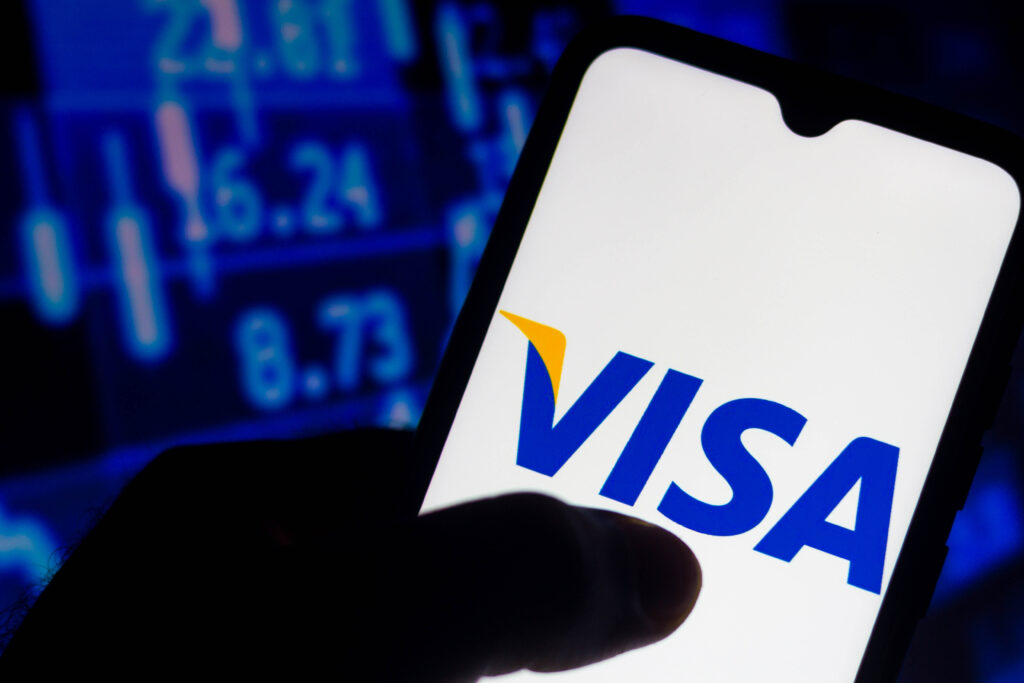
Key Takeaways:
- Visa expanded stablecoin settlements to include PYUSD, USDG, EURC, and support for Stellar and Avalanche networks.
- The move follows the GENIUS bill, sparking institutional momentum in stablecoins amid growing market competition.
- Mastercard, JPMorgan, and retail giants like Amazon and Walmart are also developing stablecoin strategies, signaling widespread industry disruption.
Visa has expanded its stablecoin settlement capabilities by adding support for Global Dollar (USDG), PayPal USD (PYUSD), and Euro Coin (EURC), alongside its existing support for USDC.
The company also integrated two additional blockchain networks: Stellar and Avalanche.
Visa has officially added Avalanche as a supported blockchain for stablecoin settlement.
— Avalanche🔺 (@avax) July 31, 2025
This is a huge milestone for Avalanche’s role in connecting onchain capital with real-world payments. 🧵👇 pic.twitter.com/DRPSoQDoqQ
This enables users to send and receive stablecoins or convert them into fiat through more networks.
The move comes amid surging institutional interest in stablecoins, particularly after the U.S. passed the GENIUS stablecoin bill.
As the stablecoin market cap exceeds $256 billion, major players like Mastercard, JPMorgan, Amazon, Walmart, and Bank of America are increasingly entering the space.
Mastercard has already tokenized 30% of its transactions and is actively working with crypto firms, while JPMorgan has partnered with Coinbase to allow Chase customers to convert reward points to USDC.
Walmart and Amazon are reportedly exploring stablecoin-based payment systems to optimize international transactions.
Visa’s expansion signals a strategic response to growing competition as legacy financial and tech institutions race to adapt to a rapidly evolving digital payment ecosystem where stablecoins are emerging as a disruptive force.

